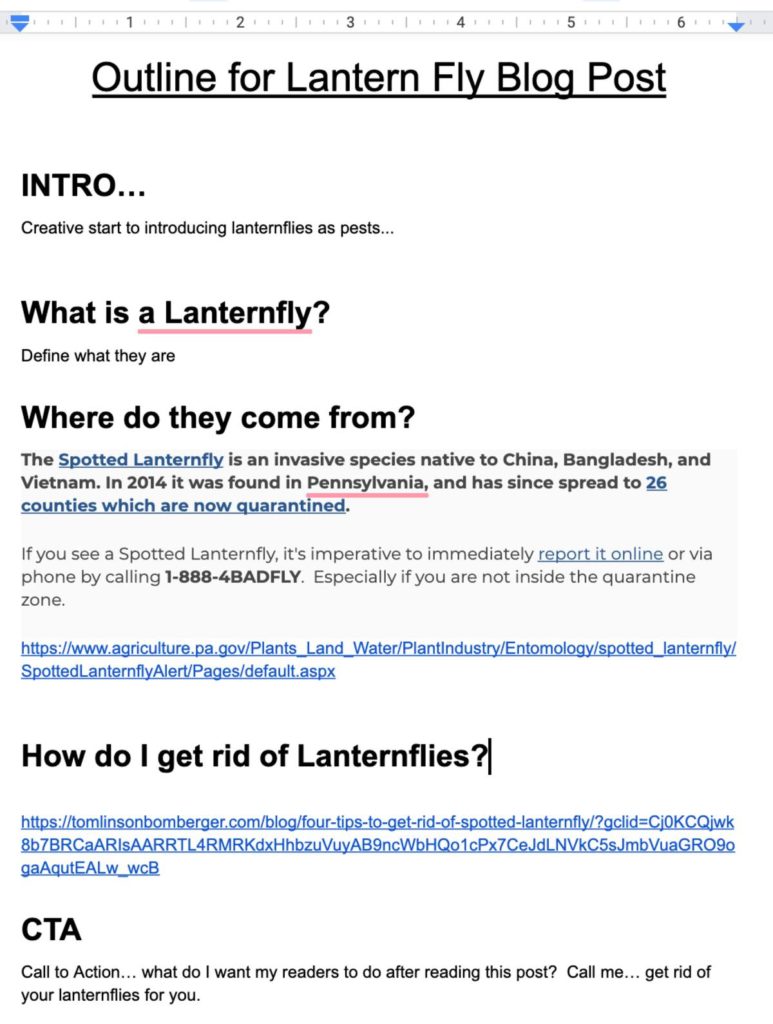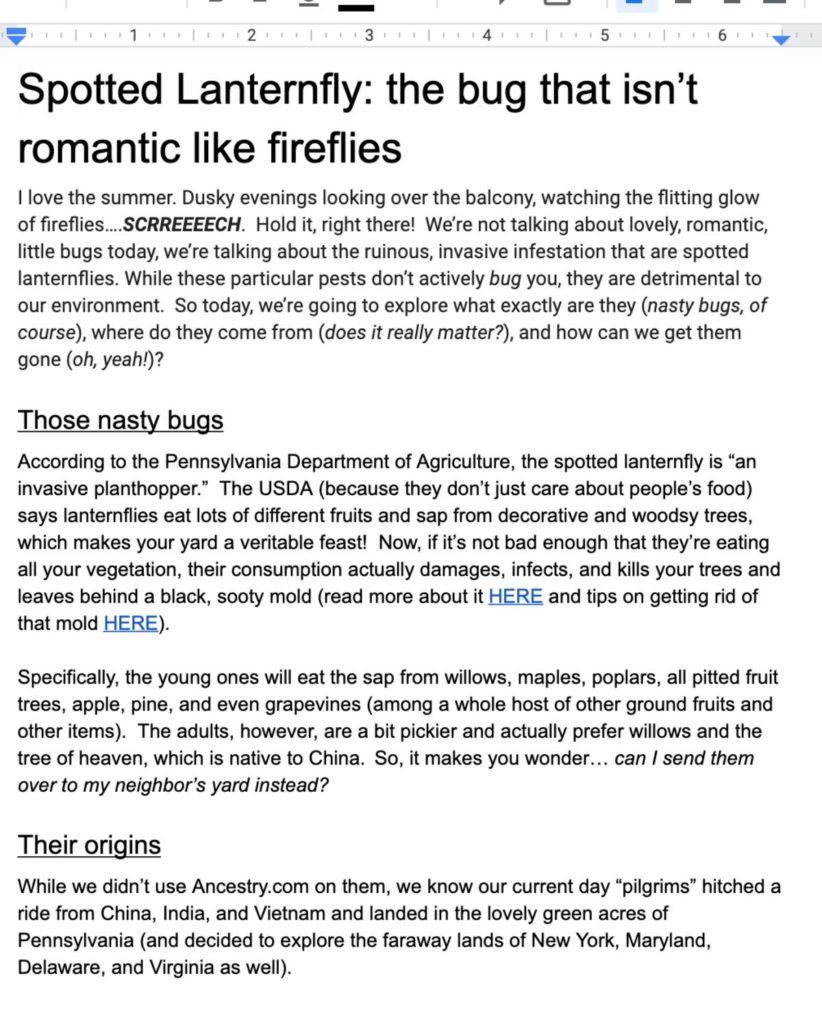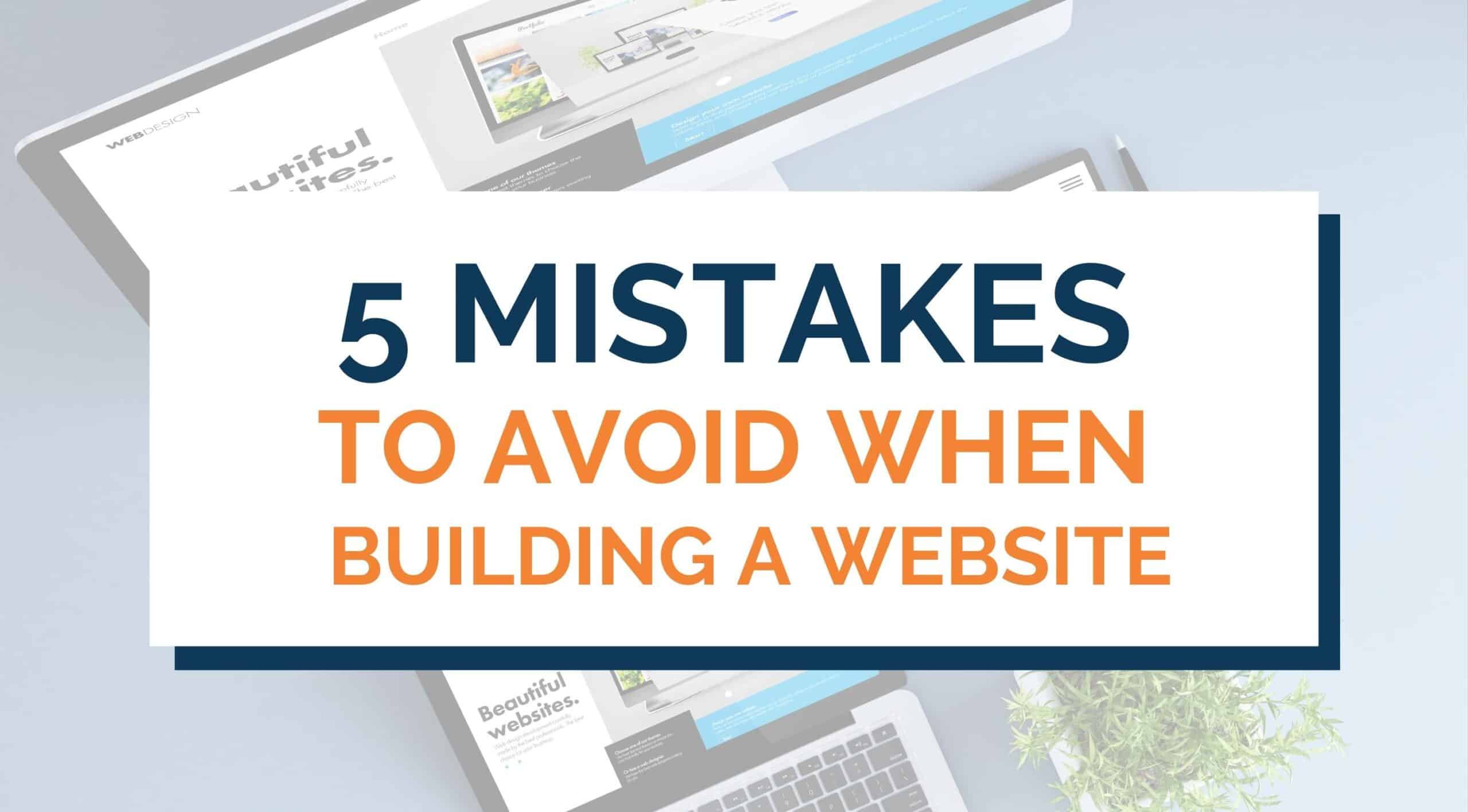As a person who has enjoyed writing since childhood and then pursued it as a career for several years in a content mill, I have a peculiar level of comfort in writing that not many possess. It is my task and challenge (with joy, of course) to share with you some of my tips toward creating content that interests, informs, and snags Google’s attention. So now, I will try to explain the basic process of how I start my writing projects, a standard layout for my typical blog posts, and some general writing tips to keep in mind.
My process
When I’m given a topic to write about, typically it is not an area I know much about. So my first step is always research. Now, you may have a leg up on me for this one. Hopefully, you are extremely familiar with your industry and know a lot about it off the top of your head. This will give you an edge on sharing highly specialized information with confidence and authority that not many others can boast.

If you do require some extra insight, however, you can always turn to my best friend: Google. Searching up basic information about an industry is really helpful. It will render many articles, opinion blogs, and advertisers that will share lots of information you can use for your own blog posts. In creating your pillar content, you really should choose something you can expound upon easily and get as many words down as you can. You may cover five different topics within your overview, which is great because you can take each one of those topics and write five different blog posts later on that you can link to your pillar page.
The second step in my process is to pick one or two (or more) articles or blog posts about the industry I’m researching that I then use as a model. Now, as you learned in school, it’s not nice to steal someone else’s work. I’m not advocating plagiarism, but using their outline or even some of their main points in my own piece help to shape my own work is perfectly acceptable. I take the articles I want to use and paste them into my document so I can have them in front of me as I craft my own piece. I take great care to use my own words (even if I am borrowing their ideas) and format my blog post in that way. And then, I delete the borrowed article so that I can edit my own piece from there.

If you use this approach, you will find (as I do) that their ideas will spark your own ideas. As Charles Caleb Colton said, “Imitation is the sincerest form of flattery.” So, if an authoritative someone says something you wish to copy within the context of your blog post, follow my example and give credit where credit is due and make your writing uniquely your own.
How I lay out my blog posts
When I start a brand new article or blog post, I think of my general topic as a whole and try to figure out the types of information I intend to share. Then, I place myself into my audience’s shoes and try to guess what their main questions or concerns will be. My first three or four sentences reach out to my intended audience and attempt to gain some common ground by answering a question or proving that I know their worries and will do my best to share some of my wisdom with them. It’s about making a connection and showing that you are a reputable source of information who only wants to help. The last sentence of my introduction typically lays out all the questions I intend to answer (like a thesis statement). Generally, you should be able to split your writing into three or four main areas you intend to cover.
This is a good format to follow:
- Introduction
- Information about products or service
- Details about how products are made/services performed
- Three step-process how customers sign up (simplicity is key)
- Frequently Asked Questions (FAQs)
- Compelling closing paragraph restating how you fix their problems

My Best Writing Tips
- Write conversationally
- Don’t use insider language
- Over-explain, but not in a superior way
- Keep your writing at a 6th-grade level
- Use spell check, but don’t just “correct all”… use your brain, too
- Ask someone else to read it out loud so you hear incomplete sentences or bad grammar
In conclusion, writing takes time. This blog post gives tips, but it won’t make your task any quicker or simpler. Be patient with yourself and allow yourself to write really poorly until you get more practice. There’s nothing wrong with writing a post over once you’ve gained more confidence. Good luck… and happy writing!














